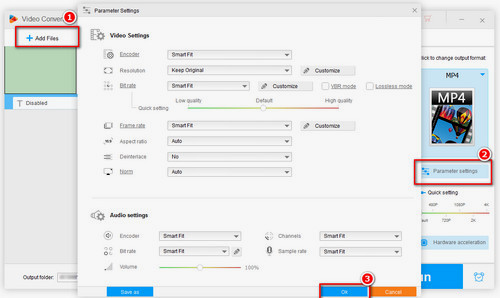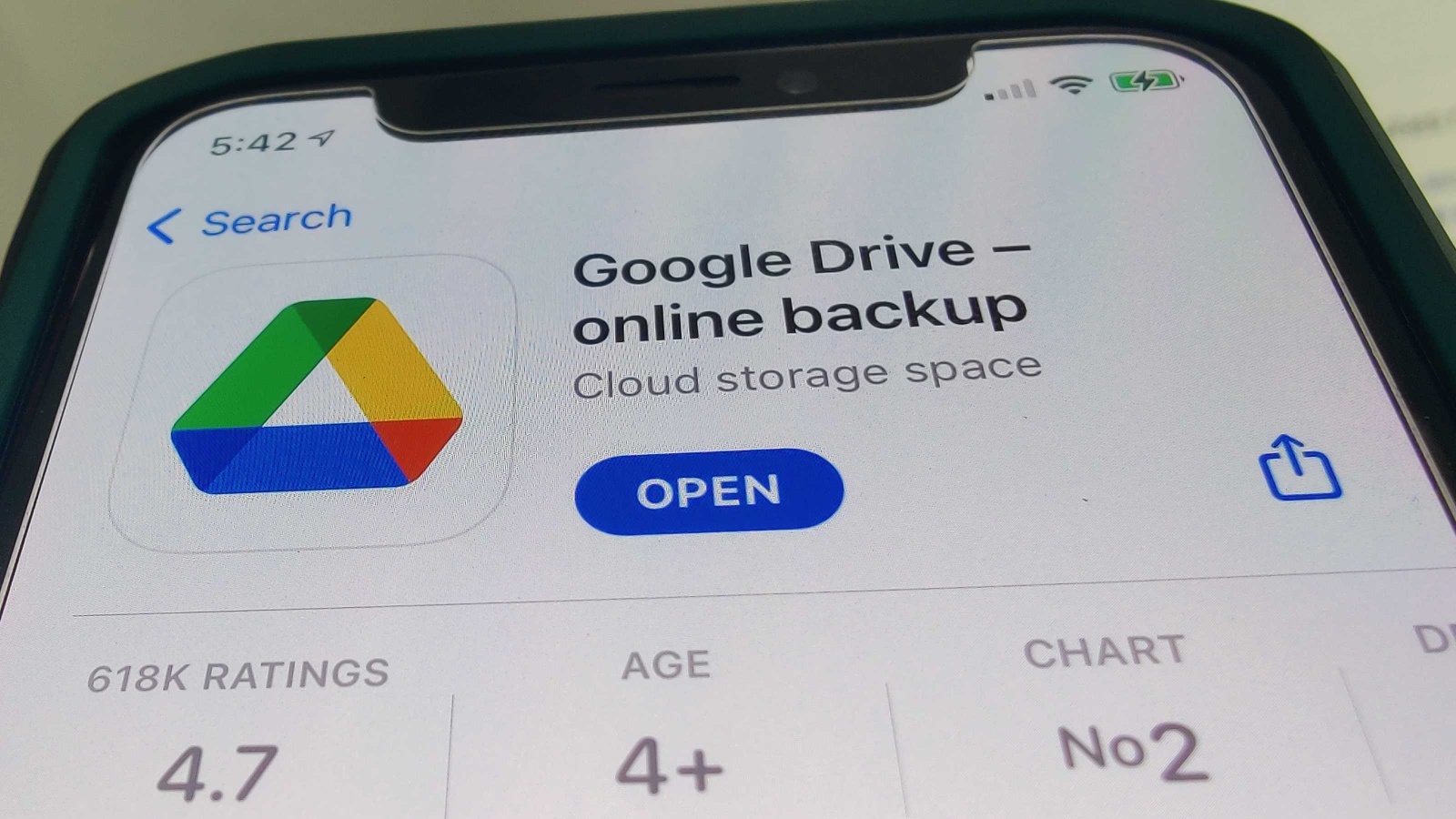
sedans and SUV's, are visually distinct, vehicles within the same class are harder to distinguish. While different classes of vehicles, i.e.

Such a detector was implemented in Notebook 1, and the outputs collected and stored on Google Drive as inputs for Notebook 2. While boundary boxes were provided by the dataset, it was decided that a YOLO-based cropping detector would be more scalable under real-world data collection circumstances. Background cropping dataĪs Each image featured excessive amounts of background noise. Our approach relied on extensive pre-processing data augmentation processes to improve the quality and quantity of training data available, together with a light MobileNetV2 architecture for possible mobile app-based rollout. The Stanford Cars-196 dataset has been extensively studied on various networks, including on MobileNet platforms. This is the exact same dataset, only with the training data arranged in their respective labelled directories for convenience.įor training purposes, the dataset was split into training and validation datasets at a ratio of 80:20. Despite it's large size, the number of images per class is relatively small, and as cars are visually highly similiar, this makes for a challenging exercise in make and model differentiation.įor our approach, a version of the dataset pre-separated into folders was obtained from Kaggle. The Stanford Cars-196 dataset consists of 16185 images of automobiles of 196 classes. GDrive (Online as of 17-06-2019) Colaboratory instances of the notebooks can be found here: Notebook 3 loads in models trained using books 1 & 2 from Google Drive.įor evaluation, it is suggested that the Judging team utilize book 3 on their custom dataset to generate the predictions together with confidence intervals. Notebook 4 is designed to provide predictions for individual images, together with probabilities for each prediction. Notebook's 1 and 2 are provided to illustrate the preprocessing and training of the network, and can be rerun to replicate our results.

InstructionsĪll Notebooks were run in Google's Colaboratory envrionment, with the GPU accelerator turned on.

This is a MobileNetV2 based submission for the Grab AI For SEA Challenge 2- rapid visual recognition of the Stanford Cars-196 Dataset.

GRAB AI For SEA Computer Vision Challenge Optimizing a MobileNet classifier on the constrained Stanford Cars Dataset


 0 kommentar(er)
0 kommentar(er)
